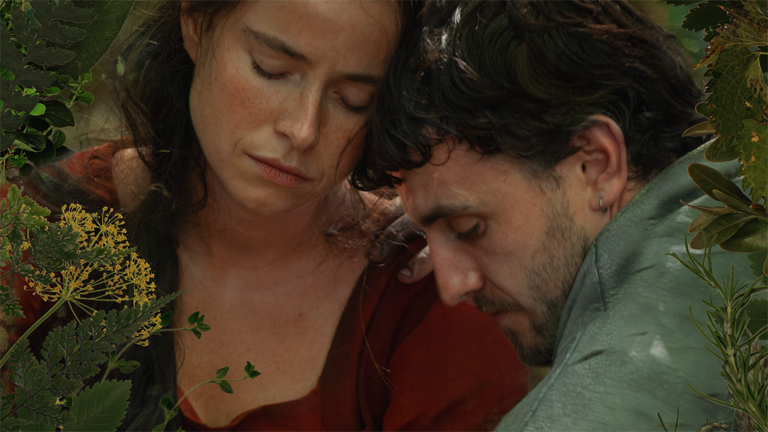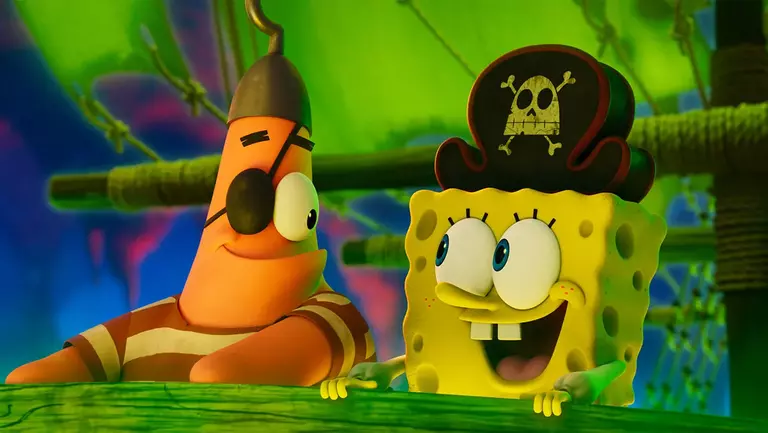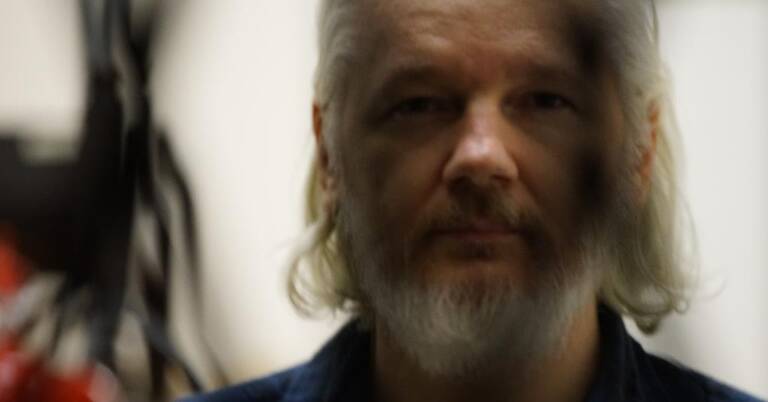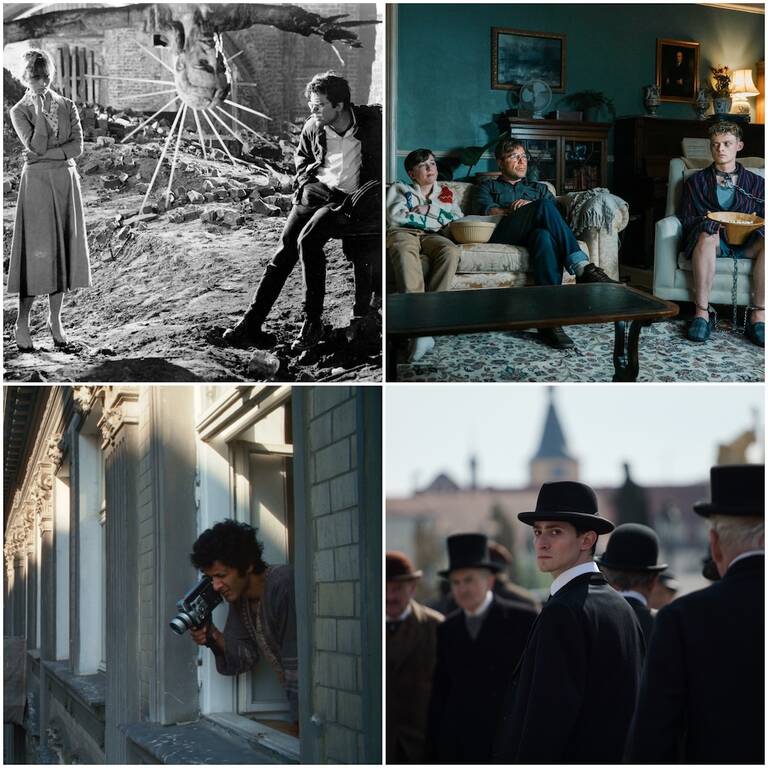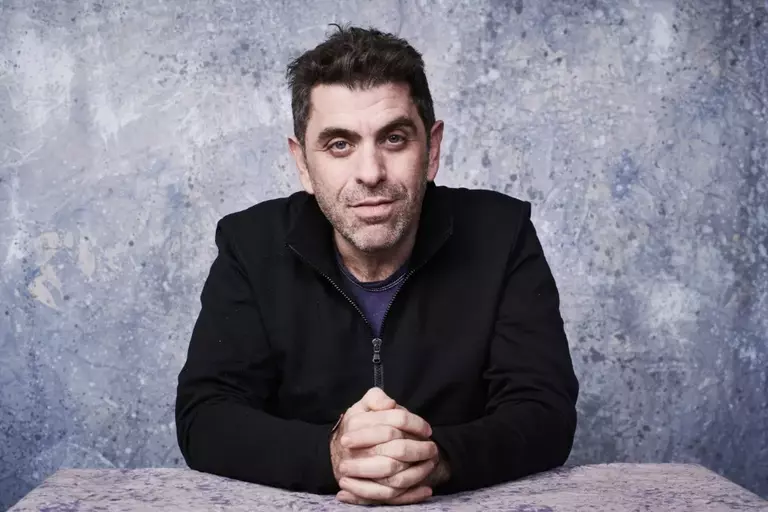
Cast: Irène Jacob, Jean-Louis Trintignant, Frédérique Feder, Jean-Pierre Lorit
Review by Ben Thomas
Three Colours: Red is a mammoth achievement in filmmaking. Krzysztof Kieślowski, in his final film (a fact he knew at the time), dazzles in ways only few directors have. He pins down abstract themes of chance, coincidence, fate and destiny—impossibly disorientating subjects, difficult to put into language let alone images—and secures them in concrete situations, characters and emotions. The film requires multiple rewatches, there is simply too much happening visually and philosophically to confidently interpret it the first time around (if ever).
The film, at least ostensibly, is about connection (or fraternity). The film opens on a ringing phone before we travel down and through wires, whizzing along tracks and across landscapes. It is a dizzying beginning, situating us in the contemporary world of phones, radios and televisions. In this world, connection is simultaneously mysterious and perfectly normal. The film follows the connection (or disconnection) of two people in Geneva, Valentine (Irène Jacob) and Auguste (Jean-Pierre Lorit), perhaps a couple, though they haven’t met. The film links the two, utilising astonishing crane shots that leave one protagonist and join us to the other. They are strangers to each other, and likewise we are strangers to them—the film carries this tension throughout.
Valentine, whom the film follows most closely, is a model and a student. She has a boyfriend, Michel, away in London—who appears possessive and yet distant. We are introduced to her through a series of rapid situations: ballet practice, the catwalk, a photo shoot. She does a lot, and is seemingly good at what she does, but she is lonely. In a telling shot, the camera captures Valentine sitting alone in her car. We look at her through the glass of a revolving door: is this a symbol of dissatisfaction, repetitiveness or a more sinister isolation? While driving, Valentine accidentally runs over a dog, Rita. She tries to return the wounded dog to her owner, but he isn’t interested. It is only when Rita runs home a while later, a paradoxically miraculous and conditioned in-breaking of the value of fraternity, that Valentine discovers the truth about the man (simply named The Judge), his illegal practices and his prestigious past.
The Judge (Jean-Louis Trintignant), gothic in nature, is nihilistic: he wants nothing, he has lost all bearings, he sits and listens to the world going by. His disturbing nature contrasts with
Valentine’s radiant goodness. She has ideals and feelings. Why is she not repulsed by him? Because she feels pity for him. Her compassion, totally unearned, unlocks the conscience of a man who has had to decide what’s good and bad, right and wrong, for too long—at the expense of his own sanity. They share a special kind of connection, one that defies space and time and yet is very much subject to it. It is both an inevitable and impossible relationship. The Judge’s life story is mirrored by the younger Auguste, also a judge. This doubling is never explicitly addressed, and it is left up to us the extent to which we emphasise the reincarnation.
In Three Colours: Red, Kieślowski mines the principles of moral decision-making. He probes the tendency towards nihilism, the disintegration of values, without succumbing to it. He finds a way of creating a film that feels optimistic and true, the hardest combination. He has an incredible ability to build hopeful and redemptive conclusions, resisting the desire to lead the audience into hollow positivity or cursing existence. Kieślowski and The Judge have grown tired of their professions, that comparison is clear, but their flames are not entirely extinguished: Red is an illumination for both men.
Three Colours: Red defies superlatives. It feels immensely grounded, while operating at a level so far beyond the average human comprehension. The film twists and turns in moments, incorporating elements from a range of films as diverse as Rear Window to Black Christmas, before reverting back to its foundational tone. It is a glorious looking film. The red colour palette pops on screen and provides a startling backdrop for the central performances. The ending, I won’t spoil—but it complicates as much as it concludes.

